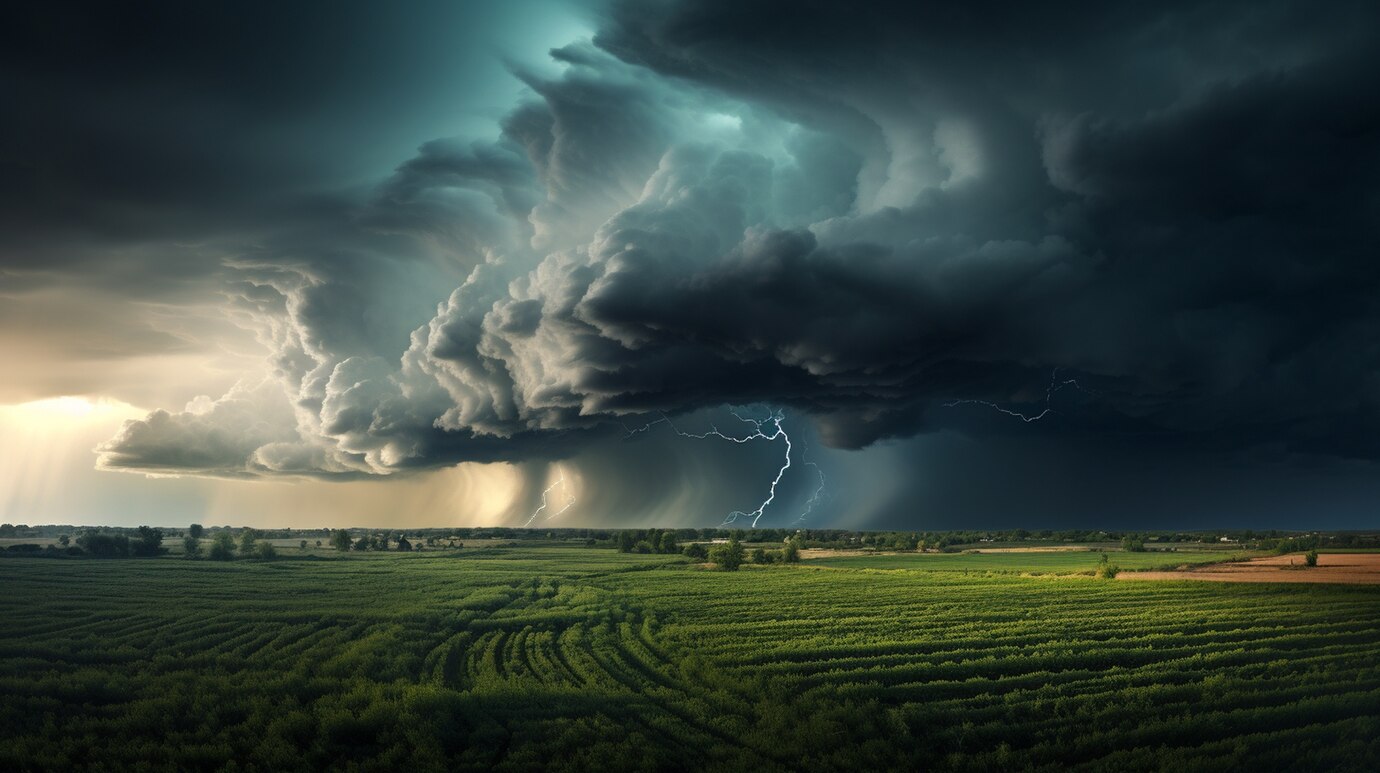The state of our environment is a reflection of the choices humanity has made over centuries. As the global population continues to grow and industrialization expands, the pressure on Earth’s natural resources intensifies. This has led to a myriad of environmental issues have undergone changes since the 1970s that threaten the planet’s ecosystems, the well-being of its inhabitants, and the future of our civilization. From the alarming rise in global temperatures to the widespread destruction of forests and the pollution of air and water, these issues are interconnected and have far-reaching consequences. Our planet faces numerous environmental issues each posing a significant threat to the health and sustainability of ecosystems, human populations, and future generations.
Here’s a look at the top 10 environmental issues affecting the world today:
1. Climate Change
Climate change is the most pressing environmental issue of our time. Driven by human activities, especially the burning of fossil fuels, deforestation, and industrial processes, climate change results in global warming, extreme weather events, rising sea levels, and disruptions to ecosystems. The consequences are already being felt worldwide, from more frequent and severe natural disasters to shifts in agriculture and biodiversity loss.
2. Deforestation
Forests cover about 31% of the world’s land area but are disappearing at an alarming rate due to logging, agriculture, and urbanization. Deforestation leads to habitat loss, threatening countless species with extinction, disrupting water cycles, and contributing significantly to carbon emissions. The loss of forests also reduces the planet’s ability to absorb carbon dioxide, exacerbating climate change.
3. Pollution
Pollution is a multifaceted issue affecting air, water, and soil. Air pollution, largely from industrial activities, vehicles, and agriculture, contributes to respiratory diseases and climate change. Water pollution, caused by chemicals, plastics, and untreated sewage, harms aquatic life and poses serious health risks to humans. Soil pollution, often due to pesticides, chemicals, and waste disposal, leads to the degradation of arable land, affecting food security.
4. Biodiversity Loss
Human activities, including habitat destruction, pollution, overfishing, and climate change, have accelerated the rate of species extinction. Biodiversity is critical for ecosystem resilience, human well-being, and global food security. The loss of biodiversity weakens ecosystems’ ability to provide essential services, such as pollination, water purification, and climate regulation.
5. Ocean Acidification
As carbon dioxide levels rise, more of this gas is absorbed by the oceans, leading to ocean acidification. This process reduces the pH of seawater, threatening marine life, particularly species that rely on calcium carbonate, like corals and shellfish. Ocean acidification also disrupts marine food chains and has broader implications for global fisheries and coastal communities.
6. Water Scarcity
Water scarcity is a growing concern, with approximately 2.2 billion people lacking access to safe drinking water. Overuse, pollution, and climate change are depleting freshwater resources, affecting agriculture, industry, and human health. Regions like the Middle East, Africa, and parts of Asia are particularly vulnerable, leading to conflicts and mass migrations.
7. Waste Management
The world generates billions of tons of waste each year, much of which ends up in landfills, oceans, or incinerated, causing environmental and health issues. The problem is exacerbated by plastic pollution, with millions of tons of plastic waste polluting the oceans, harming wildlife, and entering the food chain. Effective waste management practices, such as recycling and reducing single-use plastics, are crucial to addressing this issue.
8. Overpopulation
Overpopulation contributes to nearly every other environmental issue, as the demand for resources—such as water, land, food, and energy—continues to rise. As the global population grows, so does the strain on natural resources, leading to deforestation, loss of biodiversity, pollution, and increased greenhouse gas emissions. Sustainable population management and resource use are essential to mitigate these effects.
9. Land Degradation
Land degradation, including desertification, soil erosion, and the loss of arable land, threatens global food security and contributes to poverty and migration. Unsustainable agricultural practices, deforestation, and climate change are the primary drivers of land degradation. Restoring degraded land and adopting sustainable farming practices are crucial for maintaining the productivity of the earth’s surface.
10. Ozone Layer Depletion
The ozone layer, which protects the Earth from harmful ultraviolet (UV) radiation, has been depleted by chemicals like chlorofluorocarbons (CFCs). Although international efforts, such as the Montreal Protocol, have successfully reduced the production of these chemicals, the ozone layer’s recovery remains a critical issue. Ozone depletion increases the risk of skin cancer, cataracts, and other health problems, as well as harming marine life and ecosystems.
Conclusion
Addressing these top environmental issues requires global cooperation, innovative solutions, and a commitment to sustainable development. Governments, businesses, and individuals all have roles to play in mitigating these challenges to ensure a healthy planet for future generations. By taking action now, we can work towards a more sustainable and resilient world.






